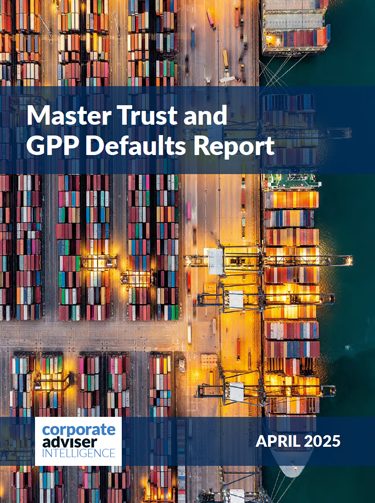The findings come from a survey of 184 pension plans, with combined assets of £1.28 trillion, conducted by Amundi and Create Research.
The report found 65 per cent of plans saw QE as an opaque tax on pension plans and 64 per cent said it had accelerated an artificial convergence in asset allocation. A majority of 55 per cent said it had sowed the seeds of the next financial crisis,
Only 23 per cent report a positive impact on their funding ratios, compared with 57 per cent who report a negative impact.
It says even a sound tool like liability driven investing (LDI) has turned precarious, its implied derisking into supposed safe assets re-risking into overpriced bonds.
Worst of all, unwinding QE is no easy task, having encouraged so much herding across most asset classes.
QE has also accelerated the personalisation of risk, according to 71 per cent of respondents. All risks in retirement planning are being transferred from those who could not manage them to those
who do not understand them.
Treating an employee as a “financial planner” could permanently damage the pension industry, according to 66 per cent of respondents.
But respondents accept the positive effects of QE, in preventing a post-Lehman rout turning into a 1929-style depression.
Professor Amin Rajan of CREATE-Research says: “Governments in developed and developing economies are relying on ultra-low rates to make their debt more manageable and rising inflation to vaporise it. Quantitative easing is forcing investors to move up the risk curve. while retirees are increasingly obliged to bear the brunt of all risks themselves. Pension plans are rightly worried about the implications of this shift in responsibility.”
Amundi chief investment officer Pascal Blanqué says: “This report aims to explore how financial repression has affected Europe’s pension fund managers. While the full effects of quantitative easing remain unknown, in responding to this period of austerity, low inflation and subdued growth outlook , pension funds must not only adapt their investment strategies, but also engage with plan members to raise awareness and asset managers and policy makers have a role to play.”




